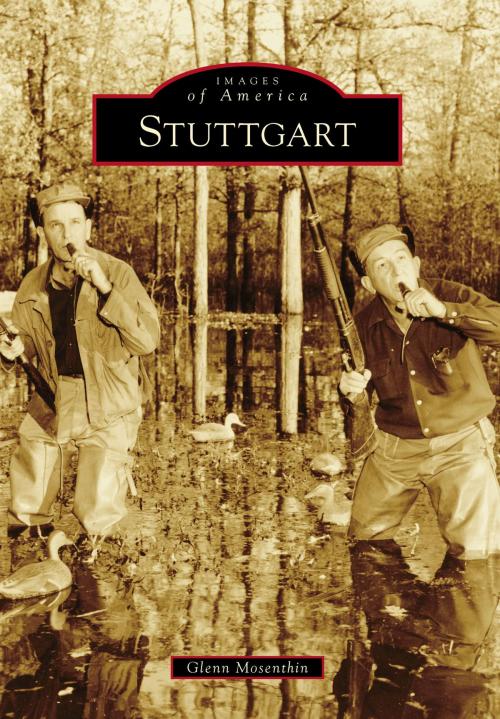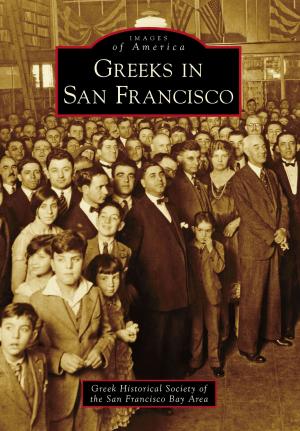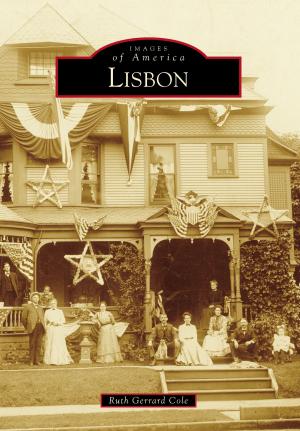| Author: | Glenn Mosenthin | ISBN: | 9781439650707 |
| Publisher: | Arcadia Publishing Inc. | Publication: | April 6, 2015 |
| Imprint: | Arcadia Publishing | Language: | English |
| Author: | Glenn Mosenthin |
| ISBN: | 9781439650707 |
| Publisher: | Arcadia Publishing Inc. |
| Publication: | April 6, 2015 |
| Imprint: | Arcadia Publishing |
| Language: | English |
Stuttgart was founded in 1880 by a colony of German Lutherans who moved from Ohio to Arkansas's Grand Prairie. The city grew steadily after the Cotton Belt Railroad arrived in 1883. A group of realtors promoted Stuttgart to residents of Midwestern states, attracting a large population influx. Initially, the main income sources were hay and cattle, but that changed forever after rice was successfully grown near Stuttgart. The first rice mill was built in 1907, followed in 1921 by the creation of a farmers' cooperative that is now the world's largest rice processor and marketer. By the 1930s, Stuttgart's location on the Mississippi Flyway, along with abundant surface water, led to its renown as a waterfowl hunter's paradise. The World Championship Duck Calling Contest has been held here since 1936, and today it is a nationally known event. In the post-World War II era, Stuttgart launched a successful industrial development campaign that resulted in today's progressive city.
Stuttgart was founded in 1880 by a colony of German Lutherans who moved from Ohio to Arkansas's Grand Prairie. The city grew steadily after the Cotton Belt Railroad arrived in 1883. A group of realtors promoted Stuttgart to residents of Midwestern states, attracting a large population influx. Initially, the main income sources were hay and cattle, but that changed forever after rice was successfully grown near Stuttgart. The first rice mill was built in 1907, followed in 1921 by the creation of a farmers' cooperative that is now the world's largest rice processor and marketer. By the 1930s, Stuttgart's location on the Mississippi Flyway, along with abundant surface water, led to its renown as a waterfowl hunter's paradise. The World Championship Duck Calling Contest has been held here since 1936, and today it is a nationally known event. In the post-World War II era, Stuttgart launched a successful industrial development campaign that resulted in today's progressive city.















